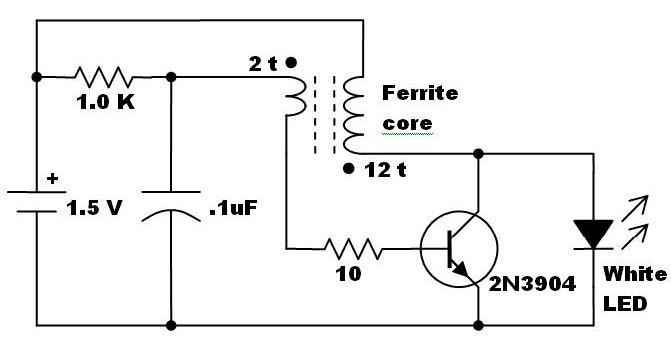Follow along with the video below to see how to install our site as a web app on your home screen.
Note: This feature may not be available in some browsers.
You can test the transistors in the circuit. When a transistor is turned on by its 47k resistor on its base to +3V then the capacitor turns it off.
make the test by simply shorting the base to 0V and it should turn off.
You said you tried connecting LEDs in parallel. They both will light only if they both have exactly the same forward voltage but the forward voltage varies between LEDs even if they have the same color.
You show the schematic that is missing the very important current-limiting resistor. Then the LED and/or BC547 might burn out and the flash duration will be so short that the LED appears to be dimmed, as you found.
I looked in Google for Capacitor Charging and found this graph that shows that R x C= one time constant which is a 63% charging voltage.
The capacitor must charge to about 0.8V for the transistors to turn on then discharge a little for the transistors to turn off.
The capacitor does not discharge through the LED, instead it discharges through the transistors.

I hope the criminals don't shoot or steal all your flashers.
A resistor in series with the speaker will increase the collector and reverse=base voltages maybe high enough to zap the transistor.
A speaker is driven from AC, not DC. An audio amplifier has two output transistors or Mosfets for them to produce AC with push-pull action. A single transistor or Mosfet drives a speaker with DC pulses which is bad since the cone moves only half of its usual push-pull motion.


That is interesting, I never thought of that but I know that is right. Speaker construction puts the speaker coil in center of the magnet so it can move both directions. I built several push pull tube amps 45 years ago but never a transistor amp.
I did google search for push pull mosfet amplifiers and found this. It looks like an LM386 will drive 2 mosfets.



